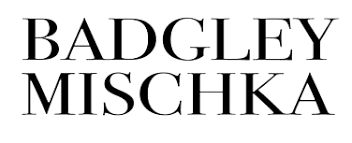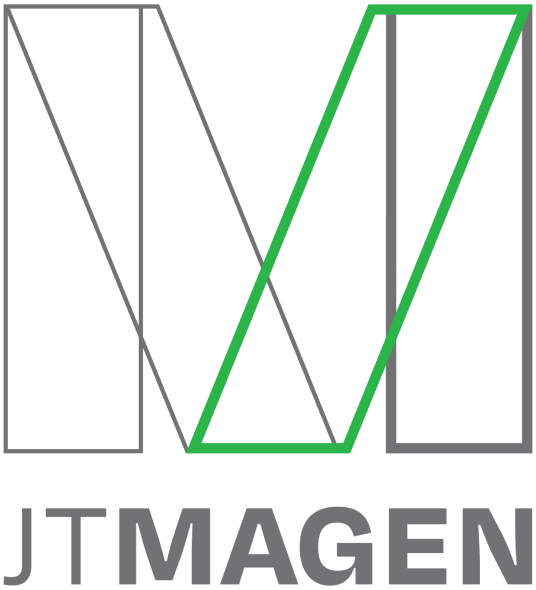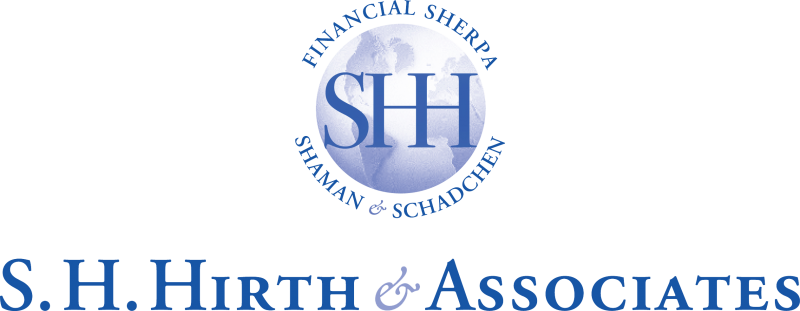Your company’s IT system and its performance is at the forefront of your business and the security of your information is of the utmost importance. Whether it is perceived to be relevant to your firm or not, it is important to realize that any organization’s protection is salient.
There are many perceptions, programs and headlines that buzz within the technology industry. Lately, many of those have revolved around one thing: The security of your information and the privacy that it should have.
Over the last year, there have been many high profile security breaches in the news, most of them have occurring in enterprise-sized firms. This probably aids the myth that small to medium sized business’ (SMBs) are not really at risk. Malicious Software (Malware) is the main means by which hackers gain access to a firm’s network. It doesn’t care about the size of the firm— It wants to collect any data from any person, on any network, that can then be converted in to profit.
Regardless of size, it is important that every firm provides a minimum level of protection. In doing so, there are many areas to look at. Here are a few key security measures to take into consideration:
- Passwords: This is the first step to privacy. Choosing a good password is important— it should be unique, memorable and complex (i.e. the password should include grammatical characters, numbers and upper case characters). The password should not be relevant to personal information (i.e. your birth date, address etc.) Your IT team should have a password policy in place on your network to ensure that passwords are changed regularly and are not repeated.
- Patch Management: This area of systems management requires the installation of appropriate patches to various operating systems and applications on a businesses network. These patches perform many functions, one of these key ones being to resolve security vulnerabilities. The installation of these patches can be performed manually, however, in order to be efficient and effective, it should be an automated and managed process managed by your IT team.
- User Management: Your staff, either intentionally or unintentionally, could provide information to someone they should not. Using login credentials and associated permissions, you can ensure controlled access to all information within your organization. You will be able to choose which users can access what information, from shared files to database and applications. Your IT team should, communicating with management, have an effective access control policy in place. An example of when this is crucial is when a person leaves or is terminated. A good access control policy will mean simple denial of access to this person.
- Malware Protection: The data on your PCs and servers is under constant threat from malware. There is plentiful software available to protect your data and your IT team needs to ensure that the protection put in place is multi-layered i.e. do not use one software for all, but rather use specific software to address specific type of threats; and one that is managed, therefore when any layer is compromised, the IT team will be made aware so it can act accordingly.
- SPAM Protection: SPAM is delivered via electronic messaging such as email, instant messaging and text messaging. It mainly focuses on sending advertising messages, but it is also used to entice users to provide information to what looks like a trusted entity (this is called phishing) and is used as a delivery method for malware. A SPAM prevention tool ensures that all email is scanned prior to delivery. Cloud services now allow for SPAM protection to be performed outside of your network which enhances its functionality and security.
- Internet Security: Within the last ten years, nearly all malware/hacking has occurred directly over the internet. It is therefore imperative that your IT team has installed a business class firewall device to protect your network from attack over the internet. Investment in an effective internet security firewall is extremely important.
Each of these areas needs to be addressed in tandem. Ensuring that one area is managed correctly and effectively, while ignoring another, defeats the purpose of performing any action. This is like purchasing an alarm for your house, but excluding the back door from protection. You must ensure that all bases are covered evenly to ensure the highest-level of protection and efficiency in the workplace.








